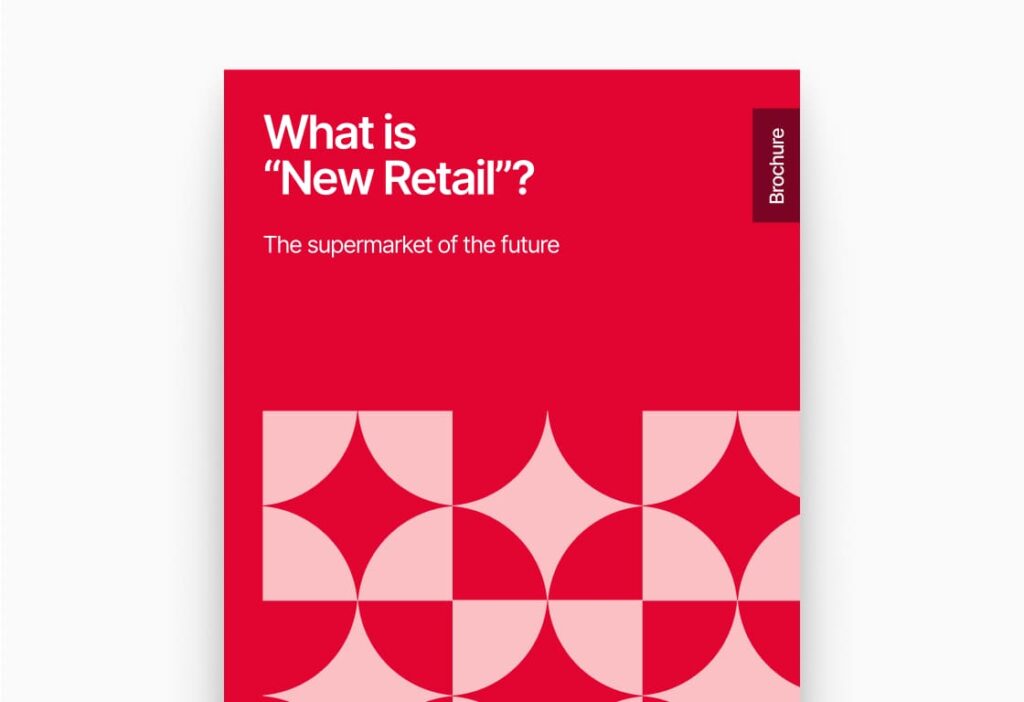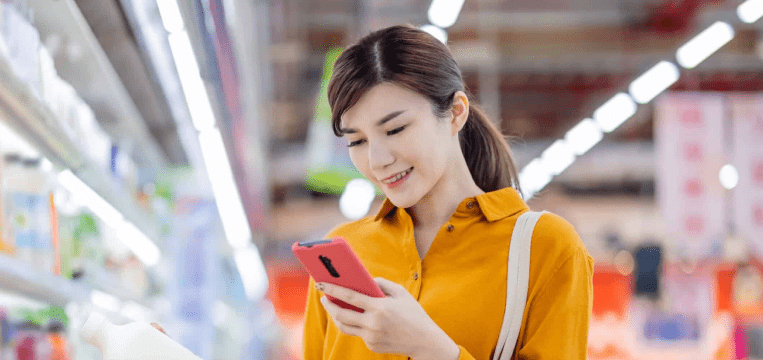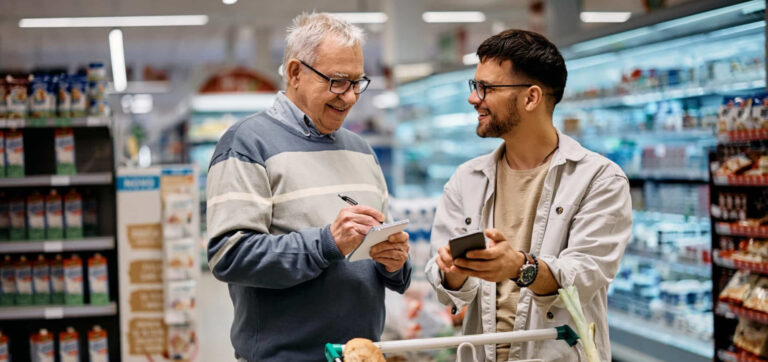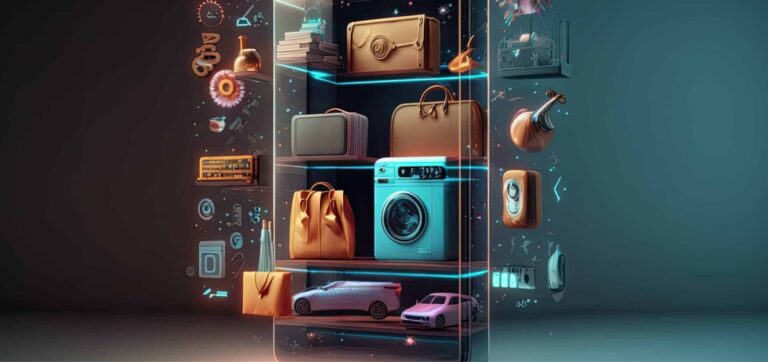In the last few years, supermarkets have had to deal with two significant events that permanently altered their customers’ shopping behavior: First, the COVID-19 pandemic led to higher adoption of online grocery shopping. Then, inflation caused customers to look for cheaper alternatives to their go-to supermarkets.
Yet retailers cannot adjust prices downwards, as margins are already very slim. This is leading to fierce battles between retail chains and wholesalers, with some products disappearing temporarily or indefinitely from store shelves.
Therefore, it is not sustainable for supermarkets to participate in a race to the bottom to win back customers. Instead, they should focus on innovating their store concepts. This not only improves customer loyalty, but can also open up new sources of revenue.
In recent years, supermarket chains in China have successfully tested new and innovative business models which Western retailers can draw inspiration from. These are often summed up under the heading “New Retail”.
What is New Retail?
“New Retail” was coined by the Chinese company Alibaba and describes merging online and offline shopping concepts. The goal is to make grocery shopping more enjoyable and convenient for customers, increasing their loyalty to the store. For this, New Retail reorganizes a supermarket’s whole structure, adding new tasks for employees and eliminating others.
Chinese retail chains are leading the charge when it comes to retail innovation. For several years now, the industry has been experimenting with a range of concepts. Now, we can distill aspects that are crucial for supermarkets in the West that want to emulate them.
Essential features of the supermarket of the future
1. Electronic price tags
An essential step towards New Retail is to replace paper price tags with electronic shelf labels. A central database ensures that the product prices displayed in the supermarket match those in the online shop.
Electronic tags also display the product’s barcode, allowing customers to scan it with a smartphone without taking the product from the shelf. The app then shows the user more details about the product.
It can also make suggestions on which other products might pair well with it, e.g., a particular wine with a pasta dish. This presents retailers with an opportunity to promote specific items.
2. Merging online and offline shopping
The in-store experience reflects its online counterpart’s convenience and ease of use. Customers have a range of payment options: within the app, via card, or with cash. While they can have their grocery shopping delivered, they are still able to personally browse the aisles.
Likewise, supermarkets must ensure that their online shops match what is offered in physical stores. Breaking down barriers between online and offline shopping is key to New Retail.
Would you like to discover more about the supermarkets of the future? Get full insight by downloading our “New Retail” brochure:








